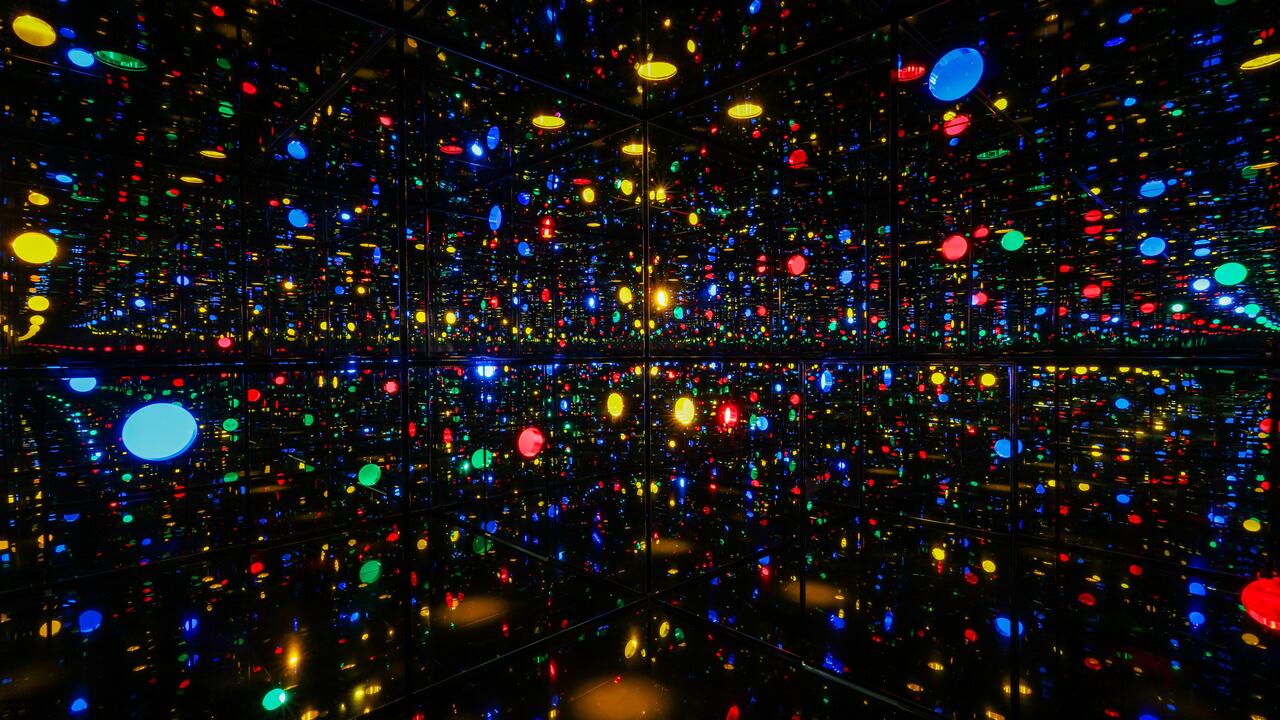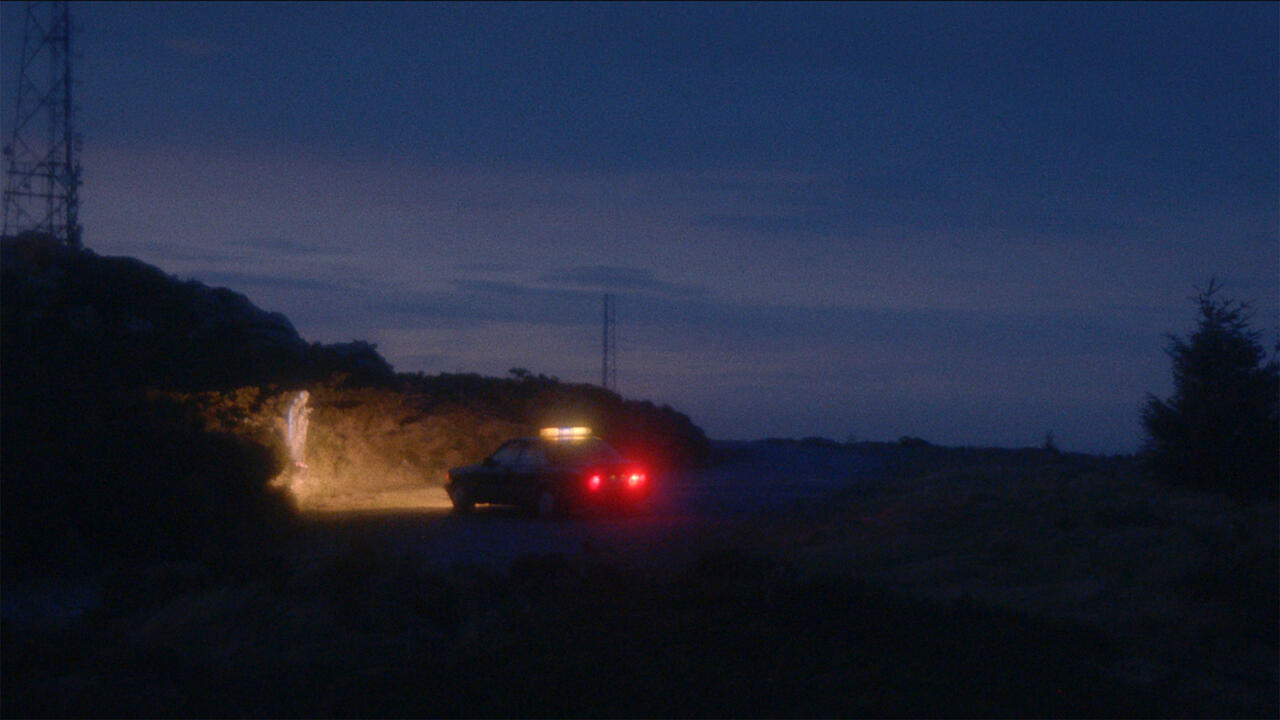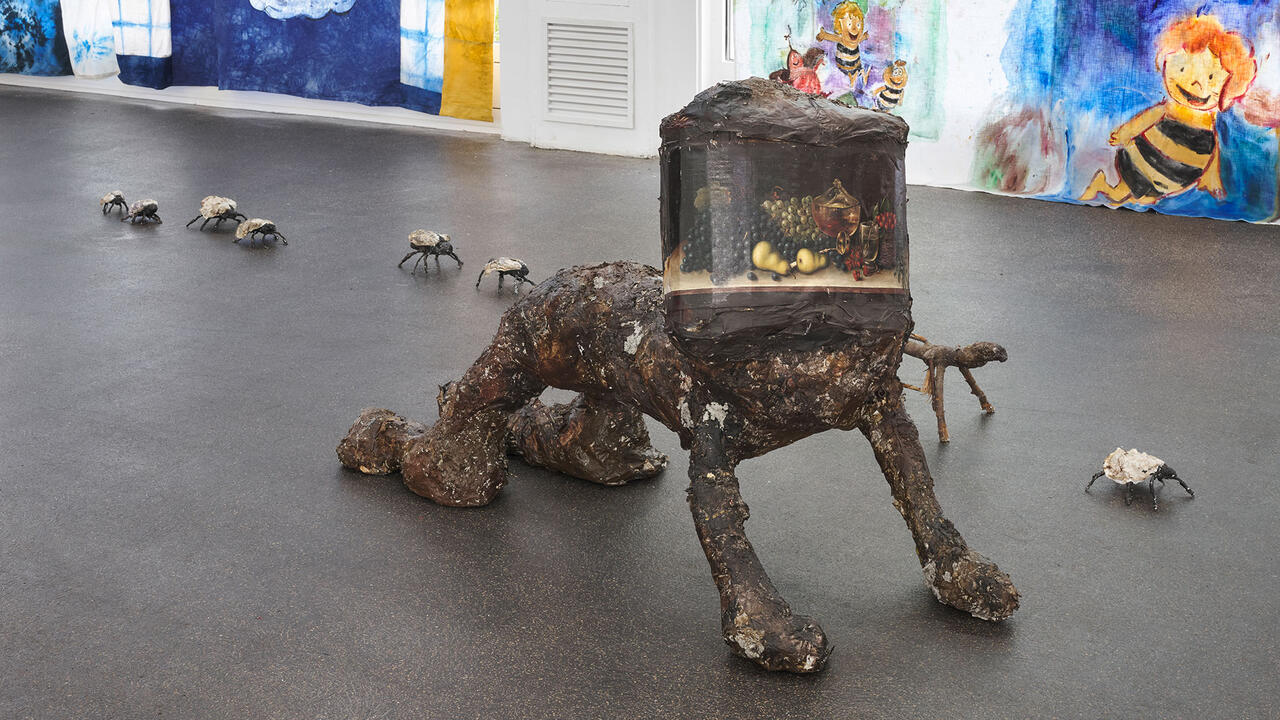Liverpool Biennial
In the foyer of Liverpool's Adelphi Hotel - a dark, crumbling art deco place that was once the city's byword for luxury but is now best-known for starring in a docu-soap full of jaw-dropping scenes of incompetence and poor hygiene - little red flags announced the First Liverpool Biennial. A poem on the wall asked what the Venice Biennale might be like in another city. Why not Liverpool?
Why not? You can't answer the question politely. The Liverpool Biennial consisted of a huge international exhibition called 'Trace', a sprawling fringe element 'Tracey', the John Moores painting competition and 'newcontemporaries 99'. It was an attempt to blast Liverpool to the forefront of international art. Instead, it made international art look provincial, although Liverpool's attempt to equate the Mersey with the Grand Canal had a certain surreal chutzpah; like the episode of The Simpsons featuring Jasper Johns in which Homer, in his installation artist phase, floods Springfield to create a new Venice.
Liverpool is a city becalmed by history. The docks without ships, however tarted up and filled with art, fail to be anything other than melancholy ruins. The tragedy of Liverpool is also its nobility - that it never got post-Modernism. Its heyday was in the last moment of a viable Modernism - the 1960s. As pop and art have become ever more fluid, Liverpool has become more fixed, its grand architectural spaces prison walls. When Liverpool does something, it does it big and grand and spectacular. It does failure big too.
What puzzles me is why the public institutions behind the Liverpool Biennial wanted to address the fiction of an 'international art world', conjuring up visions of Felliniesque characters in dark glasses jetting in to give the Liverpool Tate their approval, instead of addressing art directly to the people of the city. Biennial - what did that word on the poster mean to the people in the shopping precinct? Not enough to get many of them into the Liverpool Tate where artists like Miroslaw Balka, Annelies Strba and Vik Muniz languished rather than exhibited. A lot of the work in 'Trace' has been around for a decade and several of the artists have appeared in other recent Tate events in London: Doris Salcedo's sculpture from her recent 'Art Now' show at Millbank resurfaced in Liverpool Cathedral, while Vik Muniz and Pierrick Sorrin floated from 'Abracadabra' to the Albert Dock. The impression created was that it was simply convenient to use the same artists. It all added to the overwhelming sense that none of this art needed to be here, nor did anyone need to look at it. There was nothing much wrong with most of the art in 'Trace' - it just felt gratuitous and institutional, a way of filling up all that beautifully converted warehouse space.
If contemporary art is to matter to Liverpool it must have something to say about the city. The only artist who seriously attempted this was one of the participants in 'newcontemporaries', Julian Walker, whose piece Collection: Liverpool City Museum, May 1941 (1999) filled a vast wall with a hypnotically regular assemblage of charred fragments of objects supposedly from the old Liverpool City Museum, which was destroyed by an incendiary bomb in May 1941. Walker's collection of burnt bones, bits of manuscript, blackened calico, broken clay pipes, fragments of smoke darkened glass - a huge epic screen of stuff - may or may not actually be from the lost museum, but it suggested a terrible apocalyptic destruction of memory, a traumatic loss of meaning.
The economic changes in Liverpool over the last 30 years have made the daily destruction of memory routine. I saw a poster for the Reed Employment Office which said 'if you see yourself in the same job over the next few years you are finished'. Get mobile, get fluid. But Liverpool, more than any other British city, still carries the pain of remembering something different: a world of industrial, mass-employment. Every post-industrial city today is trying on a Mickey Mouse costume of grinning, inane 'adaptation', and art is being co-opted as the most immediate signifier of newness. An art space in a huge mill by the Tyne, a giant Antony Gormley statue - what do the details matter as long as it's big and bold? The colossal failure of the Liverpool Biennial is a warning that this process has limits. Cafés and galleries are of no use to people too poor to visit them. The Walker Gallery in Liverpool, where this year's drab John Moores show drew a couple of curious students, charges for admission; the Tate charges for its top floor gallery. The whole presence of art in this city felt like pretentious window dressing, compared to the city's need for a deeper cultural and social renewal. Meanwhile, in the desolate modern complex where 'newcontemporaries99' was housed, Natasha Kidd's Painting Machine 2 (1999) dipped a canvas repeatedly into a tank of white paint in a circular, futile process.
















